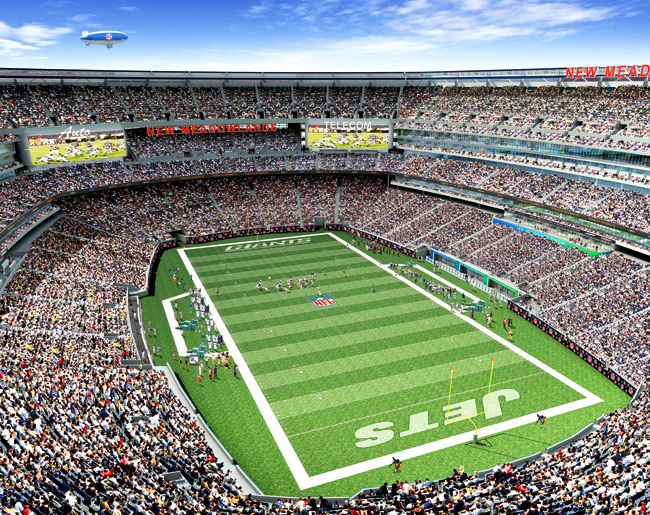An award-winning design in the heart of the Cotswolds integrates the very best in entertainment, security and environmental control together with a neutral carbon footprint.
From its first inception, developer John Croft had a dream to build his own home in the idyllic setting of the Cotswolds. It took a few years, a lot of patience, research and work to make this home the best it could be.
Picture credit: Centaur Special Interest Media, Ascent Publishing
Built between 2005 and April 2009 on the site of an old industrial building, the first challenge was to design a home that would cope with a valley sloping steeply to a stream at the bottom. While the isolation of natural waters seeping from the rocky slopes was a massive technical hurdle, the location allowed Mr Croft the opportunity to create a multilevel (seven in all) 16,000 sq foot/1,500 sq m home, with a third of the structure underground, filled with natural light and unspoilt views of the Cheltenham countryside.
ArchiCAD BIM
Having been recommended ArchiCAD by a colleague from the University of the West of England, and armed with the initial 2D sketch design and xyz site survey data, in 2004 Mr Croft visited the Homebuilding and Renovation Show at NEC, Birmingham, where he first received a full demonstration of ArchiCAD Building Information Modelling (BIM) software.
ArchiCAD’s Virtual Building model concept creates a digital model of a design, storing all related information in one single project file. From this integrated model database users can produce plans, sections, elevations, construction details, schedules and building management information.
After just two day’s hands-on tuition Mr Croft was able to model the whole project from the base 2D drawings, highlight inconsistencies and potential design faults as well as incorporate the 3D landscape terrain of the site, placing the house in context.
“ArchiCAD BIM is a tool we definitely could not have lived without. It saved us tens of thousands of pounds in cost savings on the project as we were able to analyse any design mistakes, clashes of materials, know where the Mechanical, Electrical, Plumbing (MEP) runs were going to go as well as evaluate building performance,” said Mr Croft. “Virtual Building Explorer really is quite bizarre — playing around your house in a real time model is very, very impressive.”
Fully integrated into the ArchiCAD BIM workflow EcoDesigner performs dynamic building energy evaluation including annual consumption, carbon footprint and monthly energy balance. Virtual Building Explorer (VBE) sets new standards in design presentation as, uniquely, its navigation and display includes the building information model instead of just a presentation model.
Best for environment
The house is designed to meet, or exceed, the very highest environmental standards, while providing a beautiful and practical family home.
With fastidious attention to detail, Mr Croft has created an ultra-modern space filled with the best in environmental, security and entertainment technology, without sacrificing any of the interior design needed to create a comfortable home.
The house does not need external energy sources, nor is it connected to a mains water supply — rainwater from the immense curved roof area and driveway is harvested and stored underground in giant tanks. A two-tier vertical reed bed natural filtration system converts black and grey water into a fresh supply for drinking, washing and flushing.
All windows are triple glazed with U-values down to 0.7K, and the exterior wall has 0.5m of solid stone and a further 0.5m of solid state-of-the-art extruded waterproof insulation as a thermal skin, giving insulation values 65 percent better than the very best Passivhaus standard (U=0.06W/m2K).
The inner wall is deliberately constructed from dense concrete block, which acts as a heat sink in summer and a heat source in winter. This means that, in theory, the house is so well insulated that the heat given off by the individuals inside would be enough to heat it. The house has, on average, around 0.5m of insulation incorporated within its walls, floors and roof. Eighty percent of the house’s energy is generated from photovoltaic cell arrays on an outbuilding wallside, which supply more electricity than the house uses, the surplus being fed back into the grid, generating an estimated income of £3,500 per year.
As a testament to the energy efficiency of this home, the under-floor heating, powered from a 44 square array of solar thermal panels with a ground source heat recovery system backup, was used for a total of only six days during the bitterly cold winter of 2009-2010, when the outside temperature plummeted to minus 13 degrees celsius for a three-week period. In fact the house derived 92% of all its hot water and heating demands entirely from its large solar thermal array, feeding two 1,500 litre stratified solar thermal stores.
The house is lit entirely with energy efficient RGB-based LED lamps. Creating white light from component Red Green and Blue LED’s uses less energy, the capital cost is lower and the overall colour spectrum is much warmer than white LED lamps.
The building won the Best Eco Home category at the 2010 Daily Telegraph Homebuilding & Renovating Awards, which showcase the best recent self-build projects in the UK. A total of 150 entries were received and whittled down to a shortlist of 12.
Displaying a totally unique and contemporary design, which integrates the very best in, quite literally, unseen entertainment, security and environmental control together with a non-existent operating carbon footprint, this must be the template for homes of the future.






